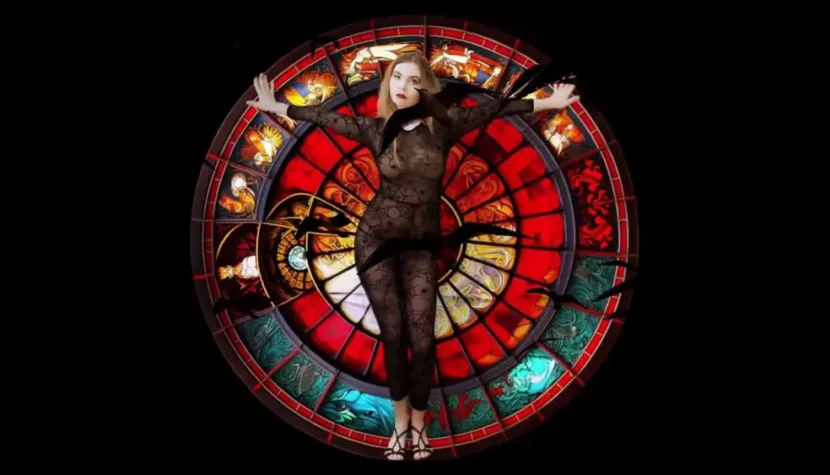1984. Science fiction inspired by Orwell and Zamyatin

In January, we mark 75 years since the death of George Orwell. This is a good opportunity to take a closer look at the latest adaptation of his most famous book, 1984.
In the dystopian, post-pandemic, and post-war world known as the United State, there is no individuality, privacy, freedom, nonconformity, or civil liberties. Instead, there is constant surveillance and complete submission to the government, symbolized by the omnipresent Big Brother. Any disobedience or betrayal is punished with death and erasure from history, with the latter carried out by special linguists working on Newspeak—the official language of the United State. The residents of this technologically advanced yet culturally backward country (where art and imagination are despised) do not even have proper names; their identities are composed of combinations of letters and numbers. A mathematician known as D-503 meets a mysterious woman called I-330, who informs him about a resistance movement against Big Brother and introduces him to a vision of a world filled with unrestricted freedom, art, and sensuality.

Diana Ringo is from Finland, though she also has Russian heritage. She is a classically trained pianist, composer, painter, and filmmaker. Her feature debut, KARAntin (2021), was on the list of contenders for the Golden Globe for Best Foreign Language Film but did not make the final nominations. In 2022, Ringo began working on the script for her next film—a kind of combined adaptation of two novels: George Orwell’s 1984 and Yevgeny Zamyatin’s We. The artist emphasized that Orwell was inspired by Zamyatin, so merging elements from both books seemed natural to her. Ringo shot the film in Moscow with Russian actors but without support from the Russian government. The Finnish artist single-handedly wrote the script, directed, edited, composed the soundtrack, operated the camera, prepared the special effects, and even played the role of I-330 herself.
Readers familiar with both novels will quickly recognize their elements: from Orwell, the film borrows Big Brother, omnipresent television screens, hate rallies, Newspeak, the romance between the main characters, the writing of a secret diary, Room 101, and more, while from Zamyatin, it takes the name of the totalitarian state, a city surrounded by a wall beyond which lies the untamed natural world, a homogeneous society operating on a strict schedule, the Great Operation, and the letter-and-number-based “names.” The main characters of Ringo’s film are a fusion of characters from both books; while the mathematician exhibits traits of both Winston Smith and D-503 in roughly equal measure, the film’s I-330 is much closer to the seductress from Zamyatin’s novel than Orwell’s Julia. The most surprising aspect, however, is that this collage of two different, though somewhat similar, novels works quite well, reinforcing the idea of Zamyatin’s influence on Orwell.

What does not work, unfortunately, is everything else. The idea of setting the story in a futuristic metropolis [deeply indebted to Ridley Scott’s Blade Runner (1982)] would be good if not for the cheap CGI, which strips the city of any realism; better computer graphics can be found in today’s video games. 1984 often resembles low-budget televised theater: static cameras, mannered acting with actors stepping out of frame, symbolic sets, and visual tricks reminiscent of the 1990s. On the other hand, Ringo tries to dazzle viewers with surreal inserts in the spirit of Magritte and Dalí’s paintings or Alejandro Jodorowsky’s The Holy Mountain (1973), but even these feel unconvincing (the greatest surprise being a character wearing Nike shorts—apparently, this corporation has a chance to survive a great war, pandemic, and totalitarian regime!). Her film is, therefore, an ambitious failure, far removed from Michael Radford’s excellent 1984 adaptation from 1984.

